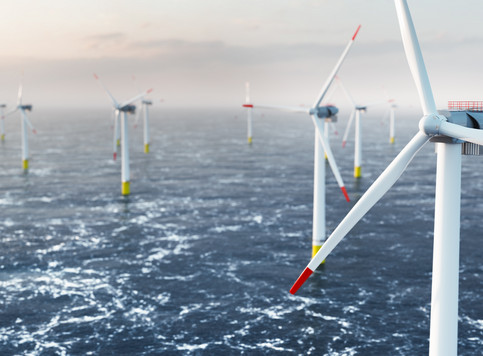Public procurement: ESA closes case on subcontractor limit
Section 19-3 of the Norwegian Procurement Regulation and Section 7-8 of the Norwegian Procurement Regulation for the Utility sector entails that a supplier may have a maximum of two subcontractors (in the vertical chain) when performing construction works contracts or cleaning services. The provision was introduced as a measure to prevent social dumping/work-related crime and to facilitate the contracting authority's control of compliance with minimum requirements for wages and working conditions in sectors having a particular risk of social dumping.
On 14 October 2019, the EFTA Surveillance Authority (ESA), the EEA-law equivalent of the European Commission, opened proceedings against Norway as it considered the provisions to be incompatible with the Public Procurement Directives and the EEA Agreement's rules on the freedom of establishment and the freedom to provide services (Articles 31 and 36), in particular the principle of proportionality. ESA did not dispute that the provisions pursued a legitimate objective, but that the provisions went too far in interfering with the organization of undertakings when participating in public procurement procedures, since such limitations potentially can challenge the participation. The background was the European Court of Justice's case C-63/18 (Vitali), in which the Court found that a requirement that a maximum of 30% of the contract works to be carried out by a subcontractor was incompatible with the Public Procurement Directives and constituted a restriction under EU (and therefore EEA) law, inter alia on the grounds that the provision was too general and abstract.
However, ESA closes today the case against Norway by referring to limited resources and an increased workload and writes that the authority is required to strictly prioritize the cases it pursues. The Authority emphasizes that it has not received any complaints from private parties in relation to the provision and that the Norwegian Government has updated its guidance on the related exemption where a contracting authority may accept more than two subcontractors in the vertical chain in order to ensure sufficient competition. For these reasons, ESA does not consider it appropriate to pursue the case further at this stage but emphasizes that the decision to close the case does not constitute any indication that the authority considers that either national law or administrative practice are in compliance with EEA law.
For a while there has been uncertainty concerning the provisions compatibility of the rules with the procurement directives and EEA law. Now that ESA has closed the case, these doubts will remain, creating challenges and uncertainty for both contracting authorities and suppliers. Possible complaints to ESA or ESA's own monitoring may reopen the issue, and it is not unlikely that the question may arise again through ordinary litigation before Norwegian courts with referral to the EFTA Court.





